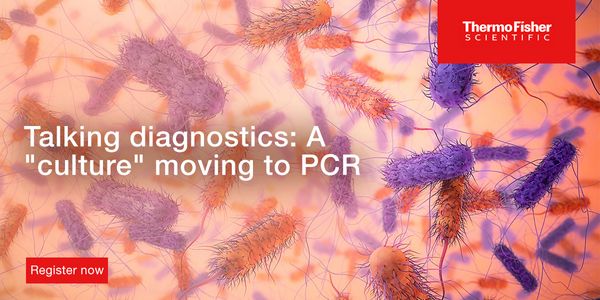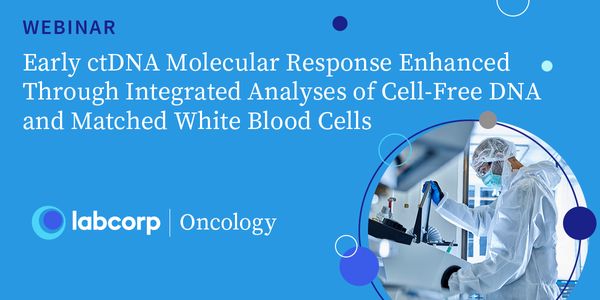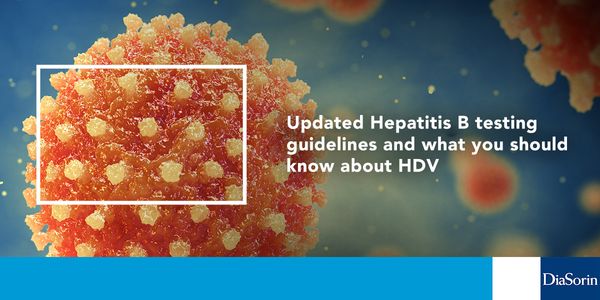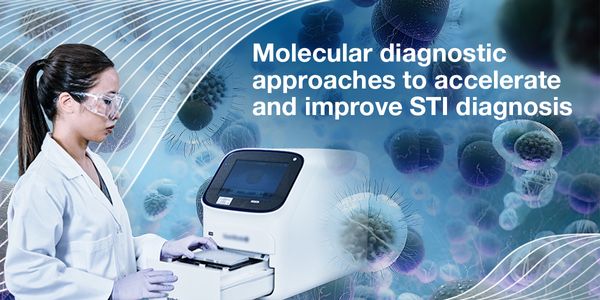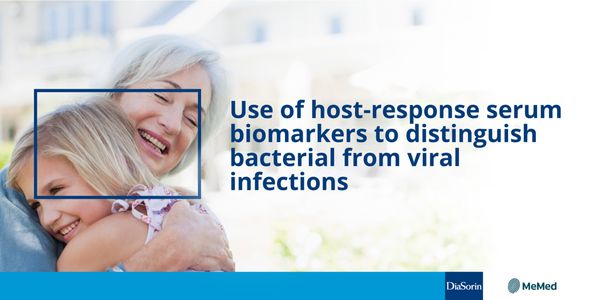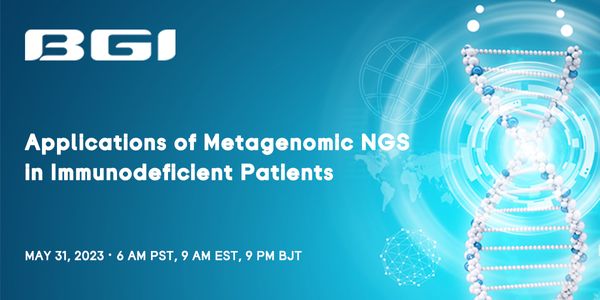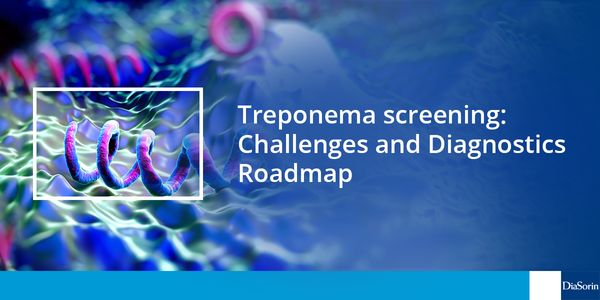Disease
Disease: is a disorder of structure or function in a human, animal, or plant, especially one that produces specific signs or symptoms that is not simply a direct result of physical injury.
-
JUL 25, 2023 | 8:00 PMNEED ABSTRACT Learning Objectives Understand how the challenges of amplification from low input DNA, including single cells, can be overcome Discover why more researchers are using a next ge...JUL 20, 2023 | 9:00 AMThis webinar will provide an overview of the antibody discovery process, from target validation to candidate selection, highlighting the critical steps involved in developing effective antib...JUL 20, 2023 | 8:00 AMSingle-cell ATAC-seq (Assay for Transposase-Accessible Chromatin using sequencing, scATAC-seq) is a relatively new and powerful technique that allows researchers to identify open chromatin r...JUL 18, 2023 | 12:00 PMWhile HSC research holds immense potential for regenerative medicine and disease treatment, the field poses significant challenges. Successful isolation and purification — and the abil...Worldwide gastric cancer is the 5th most common cancer and the 4th leading cause of cancer deaths. Its highest incidence rates are in east Asia and eastern Europe with low incidence rates in...
JUN 28, 2023 | 8:00 AM
Laboratories performing diagnostic testing for infectious diseases have an obligation to meet the needs of multiple patient populations. With infectious disease, time it takes for reporting...
JUN 22, 2023 | 11:00 AM
When building your own infectious disease molecular panels there are many paths to consider. In this interview, we ask Marcus Cognetti and Dr. Ari Frenkel what approach is required to create...
JUN 21, 2023 | 11:00 AM
A lot of exciting things are going on within the health care sector and AI [artificial intelligence] is playing a major role. AI is becoming increasingly popular in medicine and healthcare,...
Speaker:
Priv.-Doz. Dr. med. Ulrike Schumacher
, Dr. Steven Giglio
Sponsored By: Thermo Fisher Scientific
JUN 15, 2023 | 7:00 AM
Liquid biopsies represent a transformation in the management of cancer as they have the potential to detect, characterize, and monitor cancers earlier than can be achieved with conventional...
JUN 15, 2023 | 10:00 AM
Insights gained from studies using genome editing tools can provide a better understanding of cellular physiology, so that we can uncover answers to complex diseases and ultimately develop t...
JUN 14, 2023 | 8:00 AM
Insights gained from studies using genome editing tools can provide a better understanding of cellular physiology, so that we can uncover answers to complex diseases and ultimately develop t...
JUN 13, 2023 | 10:00 AM
Achieving consistent AAV quantification with the QuantStudio Absolute Q AutoRun dPCR Suite Accurate quantification of AAV vectors is crucial for quality control and timely decision-making du...
Speaker:
Kimberly Gomez
, Himani Patel
, Raquel Muñoz-Garcia, PhD
Sponsored By: Thermo Fisher Scientific
JUN 13, 2023 | 8:00 AM
1. HBV 5 Line Guideline (Proposed): • Test all adults for Hepatitis B with the triple panel: HBsAg, Anti HBc total, Anti HBs • Vaccinate all adults for HBV who are HBV triple panel...
JUN 13, 2023 | 2:00 PM
Prompt and early diagnosis of sexually transmitted infections (STIs) is important to enable appropriate treatment and help prevent further transmission. Clinical testing labs require STI tes...
Speaker:
Barbara Van Der Pol, PhD, M.P.H.
, Teddie Proctor, MSN, RN
, Bina Shanbhag
Sponsored By: Thermo Fisher Scientific
JUN 08, 2023 | 9:00 AM
In the emergency department, distinguishing between bacterial and viral infections can be challenging, leading to inappropriate use of antibiotics that may contribute to the development of b...
MAY 31, 2023 | 6:00 AM
Although metagenomic next-generation sequencing (mNGS) is increasingly used in clinical microbiological diagnosis, especially for rare or complicated infectious diseases, the applications of...
Infectious gastroenteritis is a disease caused by bacterial, viral, and parasitic pathogens in which the small and/or large intestines become severely inflamed. Because infectious gastroenter...
Speaker:
Davidson H. Hamer, MD
For infectious disease pathogen detection and research, real-time PCR enables reliable, sensitive, specific, and scalable results over slower culture-based methods...
Speaker:
Celeste Stone
, Jorge Fonseca
MAY 17, 2023 | 10:00 AM
Participate in this educational webinar to learn about key objects in Treponemal screening. Today's presentation will cover the following topics from the perspective of a NYC based Labor...
Genomics has had rapid implementation over the past decade, with recent growth in application in oncology, mental health, maternal fetal medicine, solid organ transplantation, and more. Much...
The Genomes2People Research Program (G2P), led by Robert Green at Brigham and Women’s Hospital, the Broad Institute, Ariadne Labs, and Harvard Medical School, conducts research to acce...
The last 20 years have seen an explosion of genetic information and data. New technological advances have made it faster and less expensive to understand the human genomes but most of those...
Our health, social, and economic systems are becoming increasingly interconnected across the globe....
Spinal muscular atrophy (SMA) is a devastating neuromuscular disease caused by mutations in the SMN1 gene that reduce survival motor neuron (SMN) protein expression. Despite progress in the...






